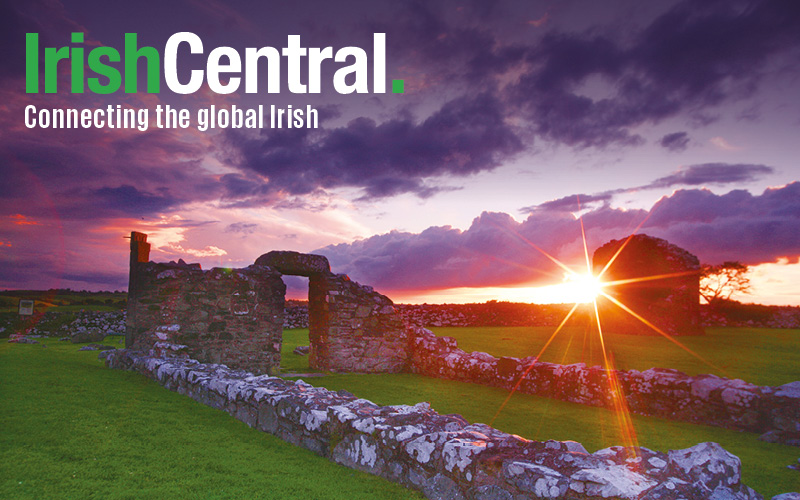One of the most distinguishing characteristics of Irish life is caution. We have learned to tread carefully everywhere. It’s probably a legacy of 800 years of colonialism, which have shown us that you can’t be too careful in a small country.
It’s caution about what might take its place that prevents much needed social and political reforms from happening in Ireland at the pace they do on the European continent. We seem to prefer being stuck with a host of familiar problems in preference to tackling a host of new ones.
All that abundance of caution has a price: paralysis.
Paralysis was the word James Joyce used to describe the state of turn of the century Ireland, and it is suddenly in vogue again. The social and political fault lines that Joyce discerned in "The Dead" have altered, but the tentative, halting Irish response to the challenges of the present is as familiar now as it was then.
Joyce ended his story with a strikingly beautiful image of the nation being carpeted by snow. It’s both a shroud and a spiritual awakening.
The question then was the question now – if we are to escape the prison of our colonial past, don’t we have to confront its challenges head on?
We are now halfway through the third decade of the abuse crisis that has stunned and transformed our society. In the 1990s, when allegations against abusive clerics began as a trickle that eventually became a damn burst, the initial response was so meek, so tempered that it was ineffectual.
It was still possible, as late as the 1990s, for senior church figures to transfer controversial clerics to other parishes or to stonewall their responses in the press. At the time it still seemed possible to brazen it out in the hope that it would all blow over.
So the question 'How much does it take to dismantle Irish caution?' has already been answered for us: it takes a crisis of unimaginable proportions. Even then we proceed with an abundance of caution.
Last summer it was reveled that there are death records for 796 missing infant graves in a former church-run Mother and Baby home in Tuam, Co. Galway. Only this week, over six months later, has the scope of the government inquiry been revealed.
The investigation will look at the operation of 14 institutions, as well as some county homes, during the period from 1922 to 1998. It will also reportedly examine the pathways of single women into and out of the institutions (where many became unpaid servants for life).
The conditions and care arrangements will be reviewed too, as will the burial arrangements. The group will also review whether vaccine trials were carried out on children and what arrangements for adoptions were made. At least 23,000 babies were born in the homes being investigated.
It was of course the abundance of caution that prevented most of the government examiners of their day from publicly revealing the extent of the dysfunction they encountered in these homes. Strong social and religious taboos about single motherhood simply short circuited their ordinary compassion.
That can still happen today as easily as it did 50 years ago. Because behind the allegations, then and now, is the fear that some institutions are simply too important to be criticized.
If you expose the true legacy of these mother and baby homes you may be destroying the legacy of the institutions that ran them. That’s a sobering thought to many because that legacy is so important, and other people may push back to protect it.
So even if the investigation succeeds in exposing the truth for many people they will have done something terrible.
The women in these mother and baby homes were the least advantaged, most vulnerable citizens in our national care. Not only were they subjected to years and often decades of exploitation and high-handed platitudes, afterwards they found no listeners willing to hear their pain.
In fact after experiencing serious trauma, most of these women had their motives questioned when they came forward. This was a reflexive move.
In order to protect the institution, the little people would always have to take the fall. They may still have to.
So the question before us in 2015 would have seemed familiar to Joyce. Which will we chose, the shroud or the spiritual awakening?




Comments